The Station is a weekly newsletter dedicated to all things transportation. Sign up here — just click The Station — to receive it every Saturday in your inbox.
Hi and welcome back to The Station. Memorial Day is this coming Monday, a holiday meant to honor military personnel who died while serving in the U.S. Armed Forces. Over the years, it has evolved for many Americans who use the three-day weekend to fire up the grill, go camping, head to the beach, local amusement park or take a road trip. It’s become the unofficial kickoff to the summer season — even though we still have more than three weeks of spring.
Every year around this time, AAA provides an estimate for travel over the weekend. For the first time in 20 years, AAA said it would not issue a Memorial Day travel forecast, as the accuracy of the economic data used to create the forecast has been undermined by COVID-19.
The travel forecast often reflects the state of the economy or at least certain aspects of it. For instance, Memorial Day 2009 holds the record for the lowest travel volume at nearly 31 million travelers. Last year, 43 million Americans traveled for Memorial Day Weekend, the second-highest travel volume on record since 2000, when the organization began tracking this data.
I will put my prognosticator hat on for a moment knowing I might very well be wrong (I’m sure ya’ll will remind me later). I expect this weekend to be a low travel holiday, but I fully anticipate this summer will mark the return of the road trip. And that’s not just my forecast for the U.S. I expect Europeans will stick closer to home and opt for road and possibly train travel over long haul flights for their summer holidays. That has all kinds of implications, positive and negative. And it’s why I’m going to spend some time in the coming weeks driving a variety of new SUV models in search of road trip worthy vehicles.
This past week I drove the 2020 VW Atlas Cross Sport V6 SEL (premium trim), a more smaller and approachable version of the massive three-row Atlas. I will share a few thoughts about it next week. After that, I will be driving the 2020 Land Cruiser standard trim. Have a vehicle suggestion? Reach out and I’ll try to put it in my queue.
Reach out and email me at kirsten.korosec@techcrunch.com to share thoughts, criticisms, offer up opinions or tips. You can also send a direct message to me at Twitter — @kirstenkorosec.
Shall we get down to it? Vamos.
Micromobbin’

Micromobility had some good action this week so let’s dive on in. Here in San Francisco, Bird’s Scoot redeployed 300 electric kick scooters. By Memorial Day weekend, Scoot will have 500 electric scooters available. Additionally, Scoot expanded its scooter service area to serve more parts of San Francisco.
Over in Atlanta, GoX and Tortoise teamed up to deploy teleoperated electric scooters. In Peachtree Corners, GoX riders can hail a scooter equipped with tech from Tortoise. As Keaks, aka Kirsten Korosec, explained earlier this week, riders can request a scooter to come to them and once they’re done, the scooter will drive itself back to a parking spot.
Meanwhile, in Europe, Tier brought integrated helmets to its electric scooters. The foldable helmets fit inside a box attached to the scooter below the handlebars. This month, Tier plans to deploy 200 scooters equipped with helmets in Paris and Berlin. Over the summer, Tier will deploy an additional 5,000 helmet-equipped scooters. Additionally, given concerns about COVID-19, Tier is experimenting with an antibacterial, self-disinfecting handlebar technology from Protexus. Tier is testing these handlebars in Paris and Bordeaux.
Also, don’t miss my analysis of why micromobility may come back stronger after the pandemic.
— Megan Rose Dickey
Deal of the week

Vroom, the online used car marketplace that has raised some $700 million since 2013, filed for an IPO this week. (Yes, IPOs qualify as deals in my book). It plans to trade on the Nasdaq under VRM with Goldman Sachs as lead underwriter.
Vroom is an interesting company that I’ve been writing about for years now. And there have been times that I wondered if it would fold altogether. The company managed to keep raising funds though, most recently $254 million in December 2019 in a Series H round that valued the company at around $1.5 billion.
A look at the S-1 shows modest growth, rising losses and slim gross margins. Eck!
Here’s a quick breakdown:
- Vroom’s revenue grew 39.3% in 2019 compared to 2018. During that same period, its gross margin fell from 7.1% to 4.9%. The company’s net losses as a percent of revenue rose from 10% in 2018 to 12% in 2019. (That doesn’t include costs relating to “accretion of redeemable convertible preferred stock.” By counting the non-cash cost, add $13 million to Vroom’s 2018 net loss and $132.8 million to its 2019 figure.)
- In the first quarter of 2020, Vroom generated revenue of $375.8 million, leading to gross profit of $18.4 million, or about 4.9% of revenue. It also reported a net loss of $41.1 million in the first quarter, putting it on a run-rate to lose even more money in 2020 than it did in 2019.
TechCrunch’s Alex Wilhelm takes a look under Vroom’s hood and digs into why the company is heading to the public markets during this volatile time. Check it out.
Other deals:
Missfresh, a Chinese grocery delivery company backed by Tencent, is closing in on $500 million in new funding.
Autonomous aviation startup Xwing locked in a $10 million funding round before COVID-19 hit. Now the San Francisco-based startup is using the capital to hire talent and scale the development of its software stack as it aims for commercial operations later this year — pending FAA approvals. The Series A funding round was led by R7 Partners, with participation from early-stage VC Alven, Eniac Ventures and Thales Corporate Ventures.
Fly Now Pay Later, a London-based fintech startup focused on travel, raised £5 million in Series A equity funding and another £30 million in debt funding.
French startup Angell has signed a wide-ranging partnership with SEB, the French industrial company behind All-Clad, Krups, Moulinex, Rowenta, Tefal and others. As part of the deal, SEB will manufacture Angell’s electric bikes in a factory near Dijon, France. SEB’s investment arm, SEB Alliance, is also investing in Angell. The terms of the deal are undisclosed, but Angell says it plans to raise between $7.6 and $21.7 million with a group of investors that include SEB.
Layoffs, business disruptions and people

Signage is displayed at the Hertz Global Holdings Inc. rental counter at San Francisco International Airport in San Francisco, California, U.S., on Tuesday, May 5, 2020. Photo: Getty Images
Hertz filed for Chapter 11 bankruptcy protection on Friday, a move we’ve been anticipating for awhile now. The bankruptcy protection stems from the COVID-19 pandemic.
Here’s why.
Once business trips and other travel was halted, Hertz was suddenly sitting on an unused asset — lots and lots of cars. It wasn’t just that the revenue spigot was turned off. Used car prices have dropped, further devaluing its fleet.
The company said that it has more than $1 billion in cash on hand, which it will use to keep the business operating through the bankruptcy process. Hertz also said its principal international operating regions, including Europe, Australia and New Zealand are not included in the U.S. Chapter 11 proceedings, nor are franchised locations.
Other layoffs:
Indian ride-hailing firm Ola has seen revenue drop by 95% in the last two months as India enforced a stay-at-home order for its 1.3 billion citizens in late March. You can guess what has happened as a result. Ola co-founder and CEO Bhavish Aggarwal said in an internal email the company is cutting 1,400 jobs in India, or 35% of its workforce in the home market.
India’s top food delivery startup Swiggy is cutting 1,100 jobs and scaling down some adjacent businesses as it looks to reduce costs to survive the coronavirus pandemic.
Here’s something on the “new” job front …
There’s been a lot of attention on autonomous delivery robots. These companies will most certainly struggle to become profitable. On-demand delivery is a tricky business. But COVID-19 might have inadvertently expanded the labor pool for these companies.
On-demand delivery startup Postmates has seen an increase in demand for its autonomous delivery robots known as Serve, which operate in Los Angeles and San Francisco. The company uses teleoperators, humans who remotely monitor and guide the autonomous robots. COVID-19 prompted Postmates to set up teleoperations centers within each employee’s home. Postmates sees potential to reach a new group of workers.
Tortoise, which we mentioned earlier in Micromobbin’, sees the same potential, according to its founder and CEO Dmitry Shevelenko.
A little bird

We hear (and see) things. But we’re not selfish. We share!
For those not familiar with “a little bird,” this is a periodic section that shares insider tips that have been vetted. This week comes out of the super-hyped world of on-demand delivery. It’s a business that might be seeing a lot of demand. But demand doesn’t always square with profitability.
Take Postmates for example. The company has raised about $900 million to date, including a $225 million round announced in October that valued the company at about $2.5 billion. But now it seems that common shares are trading at a 45% discount on the secondary market, according to our sources.
Early investors do take money off the table from time to time. But it can also indicate other troubles worth watching out for. Postmates filed confidential IPO paperwork in February 2019, but those plans have been delayed. The company is also fighting for market share against giants like Doordash. A Uber-Grubhub merger would put it even with DoorDash.
That leaves Postmates in a distant fourth. Dan Primack over at Axios noted “multiple sources” have told him the company is seeking raise around $100 million in new private-market funding.
Other notable bits
Here are a few other items that caught my eye …
Amazon is joining India’s online food delivery market just as top local players Swiggy and Zomato reduce their workforce to steer through the coronavirus pandemic and months after Uber Eats’ exit from the nation.
GM has a “big team” working on an advanced version of its hands-free driving assistance system, Super Cruise, that will expand its capability beyond highways and apply it to city streets, the automaker’s vice president of global product development Doug Parks said during a webcasted interview at Citi’s 2020 Car of the Future Symposium.
Cake, the Stockholm-based mobility startup, debuted the Kalk OR, a 150-pound, battery-powered two-wheeler engineered for agile off-road riding and available in a street-legal version.
Nauto has launched a new feature in its driver behavior learning platform that is designed to detect imminent collisions to help reduce rear-end accidents. It works by taking in driver behavior data, vehicle movement, traffic elements, and contextual data to help predict and prevent collisions.
Organizers of the New York International Auto Show, once hoping to hold the rescheduled event in August, have decided to scrap the entire year. The show has been officially canceled for 2020 due to the COVID-19 pandemic, organizers announced Friday. The next show will take place April 2 to April 11, 2021. Press days will be March 31 and April 1.
Tesla CEO Elon Musk said the company is raising the price of its “Full Self-Driving” package of its Autopilot driver assistance package by around $1,000 on July 1. This has happened before and it will, I promise happen again. The Verge has a good breakdown of why. I, of course, care about the financial reasons. Right now, Tesla can only count about half of the revenue it generates from FSD. The other half is deferred revenue — money that Tesla can recognize on its balance sheet at a later date.
Wunder Mobility, the Hamburg-based startup that provides a range of mobility services, from carpooling to electric scooter rentals, announced the launch of Wunder Vehicles and a business-to-business partnership with Chinese EV manufacturer Yadea. Wunder Vehicles is a service that gives customers a toolkit of sorts to launch a fleet-sharing company. The company provides software, a marketing plan, data, financing options and the electric vehicles, which will come from Yadea.
Rad Power Bikes unveiled the newest iteration of its electric cargo bike. The RadWagon 4 has been fully redesigned from the ground up. Trucks VC’s Reilly Brennan recently described this on Twitter as the possible F-150 of micromobility. We hope to test it soon.
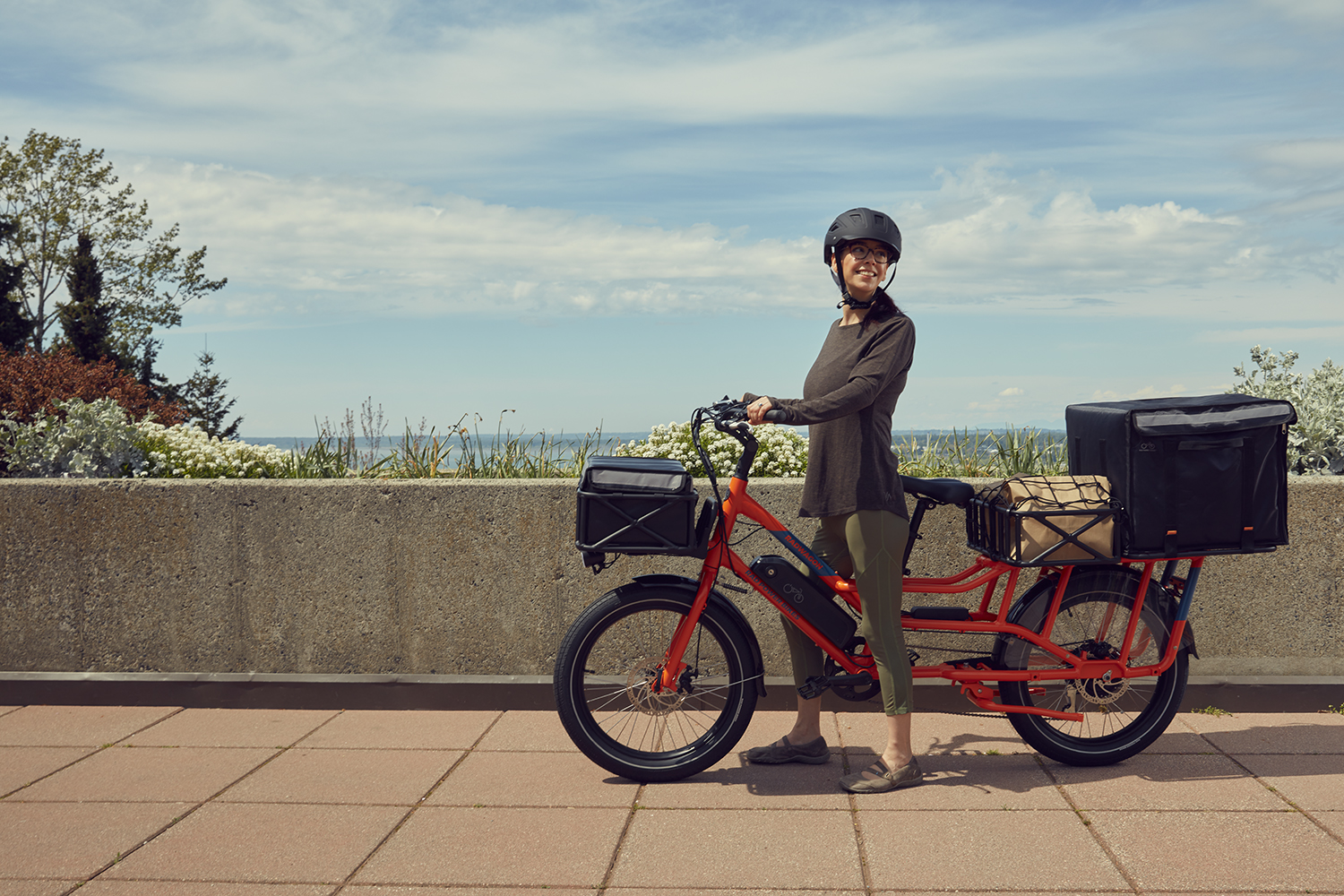
Image Credits: Rad Power Bikes

Source: Tech Crunch




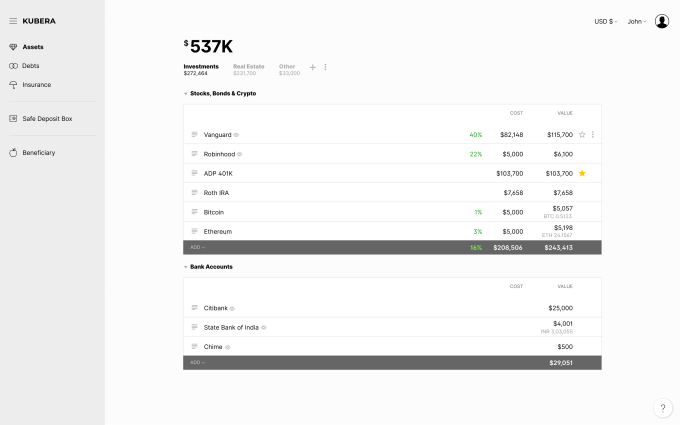


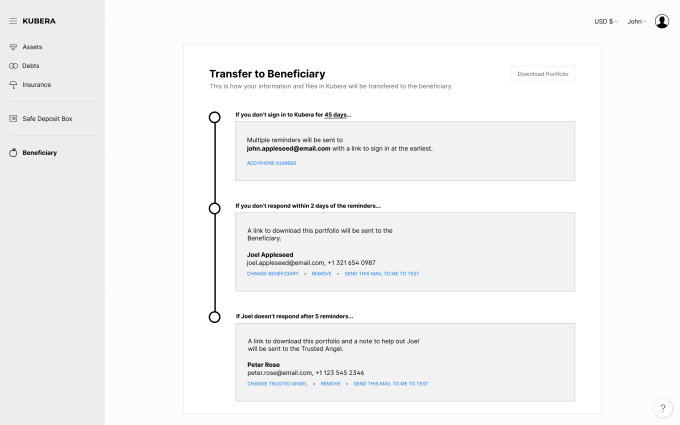

 Virgin Orbit was supposed to launch its first full demonstration flight on Sunday, but a sensor bug that showed up during pre-launch checkouts means that it’s now pushing things back to at least Monday to check that out.
Virgin Orbit was supposed to launch its first full demonstration flight on Sunday, but a sensor bug that showed up during pre-launch checkouts means that it’s now pushing things back to at least Monday to check that out.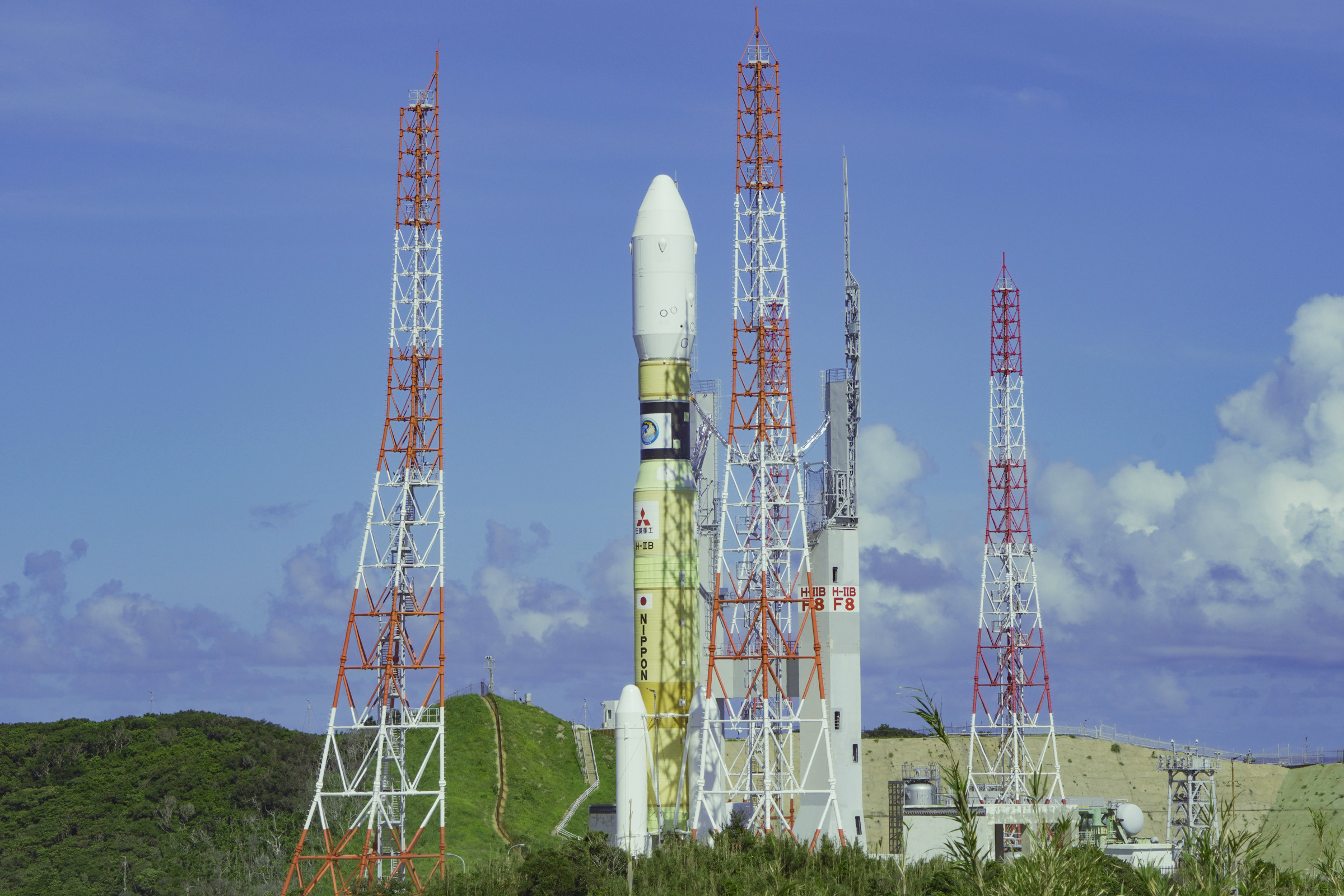
 Xilinx specializes in building processors that are designed to withstand the rigors of use in space, which include heavy radiation exposure, extreme temperatures and plenty more. The company just debuted a new FPGA for space-based applications that is the first 20nm-based processor for space, and the first with dedicated machine-learning capabilities built in for edge computing that truly redefines the term.
Xilinx specializes in building processors that are designed to withstand the rigors of use in space, which include heavy radiation exposure, extreme temperatures and plenty more. The company just debuted a new FPGA for space-based applications that is the first 20nm-based processor for space, and the first with dedicated machine-learning capabilities built in for edge computing that truly redefines the term.
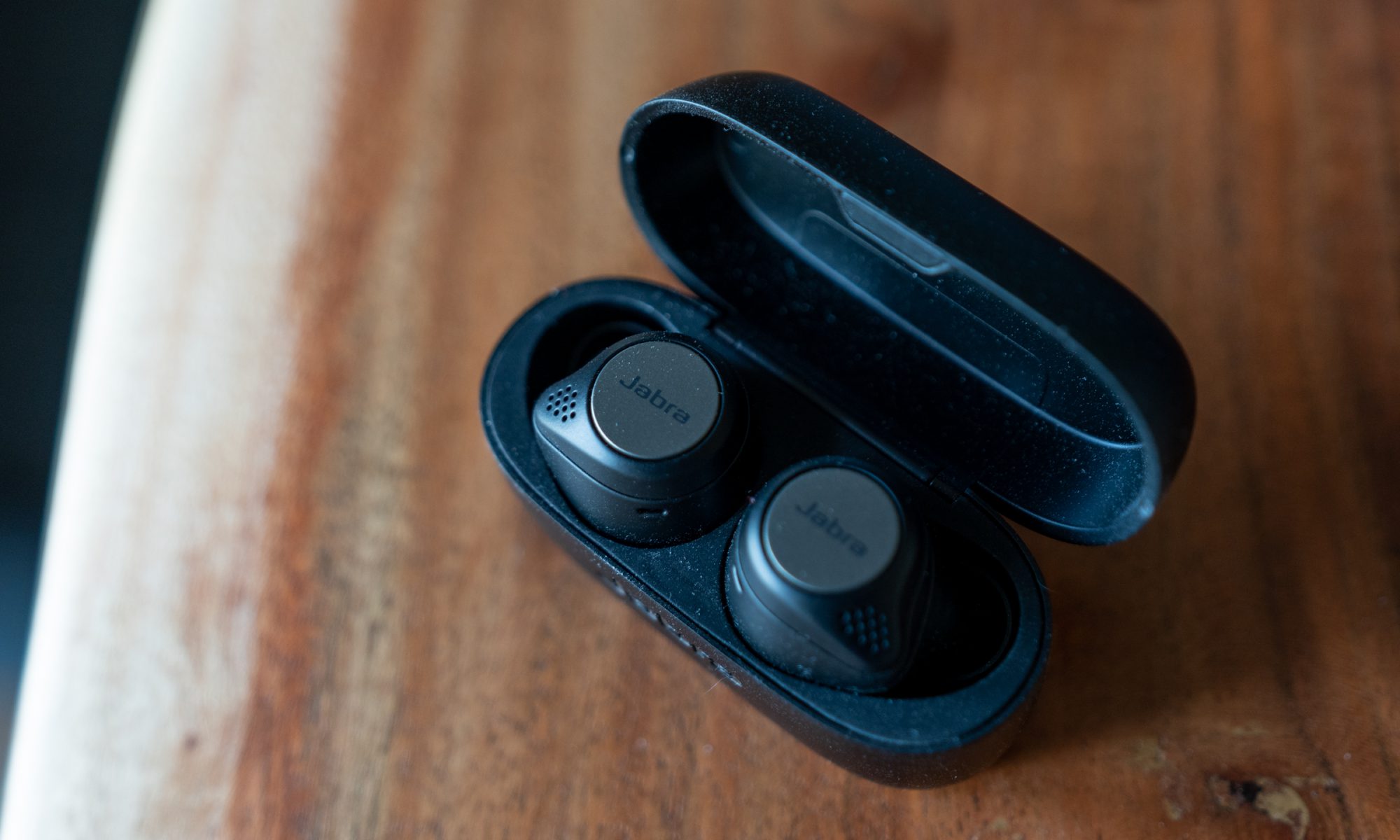
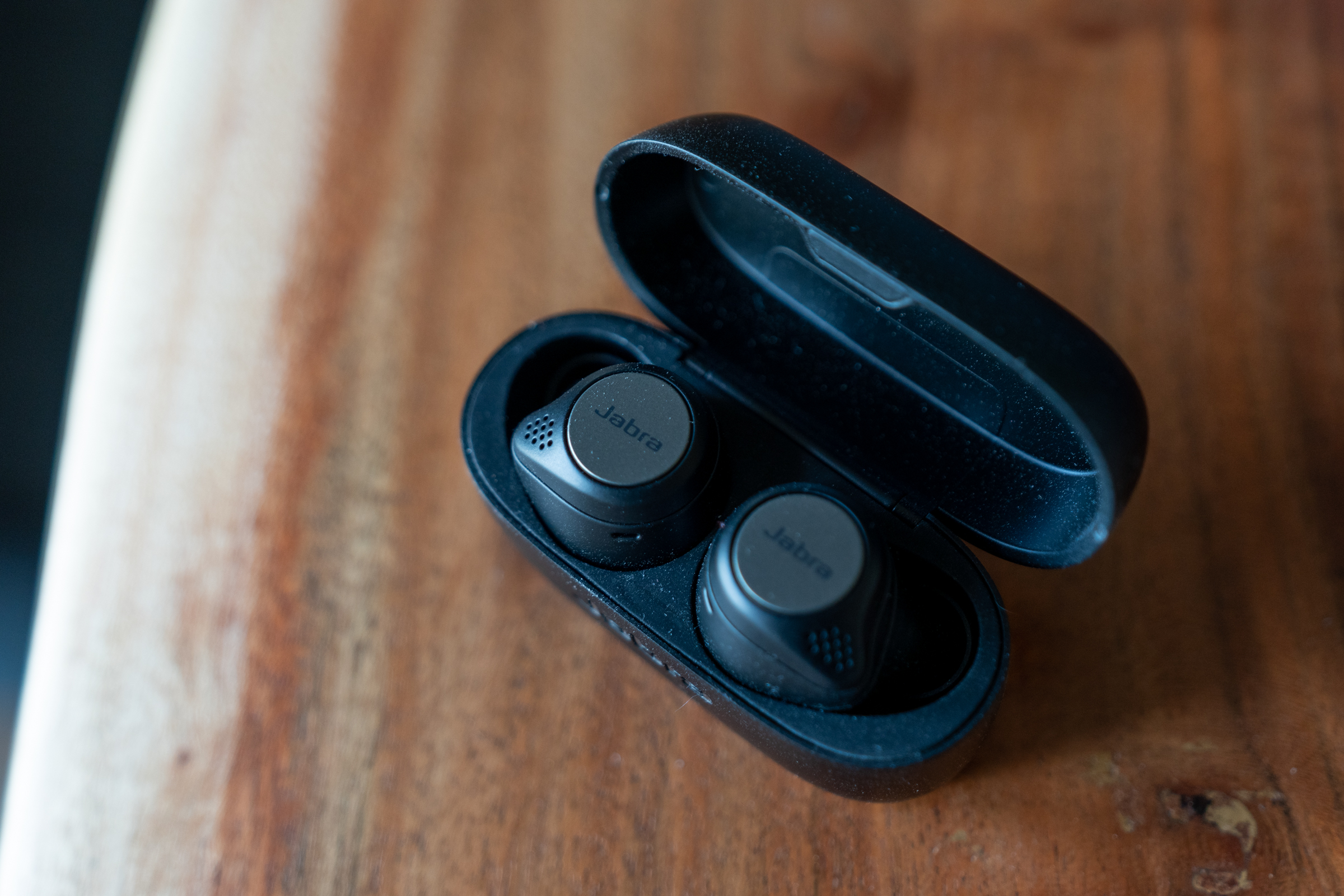 While they don’t offer active noise cancellation, they do have passive noise blocking, and an adjustable passthrough mode so that you can tune how much of the sound of the world around you you want to let in – a great safety feature for running or other activities.
While they don’t offer active noise cancellation, they do have passive noise blocking, and an adjustable passthrough mode so that you can tune how much of the sound of the world around you you want to let in – a great safety feature for running or other activities.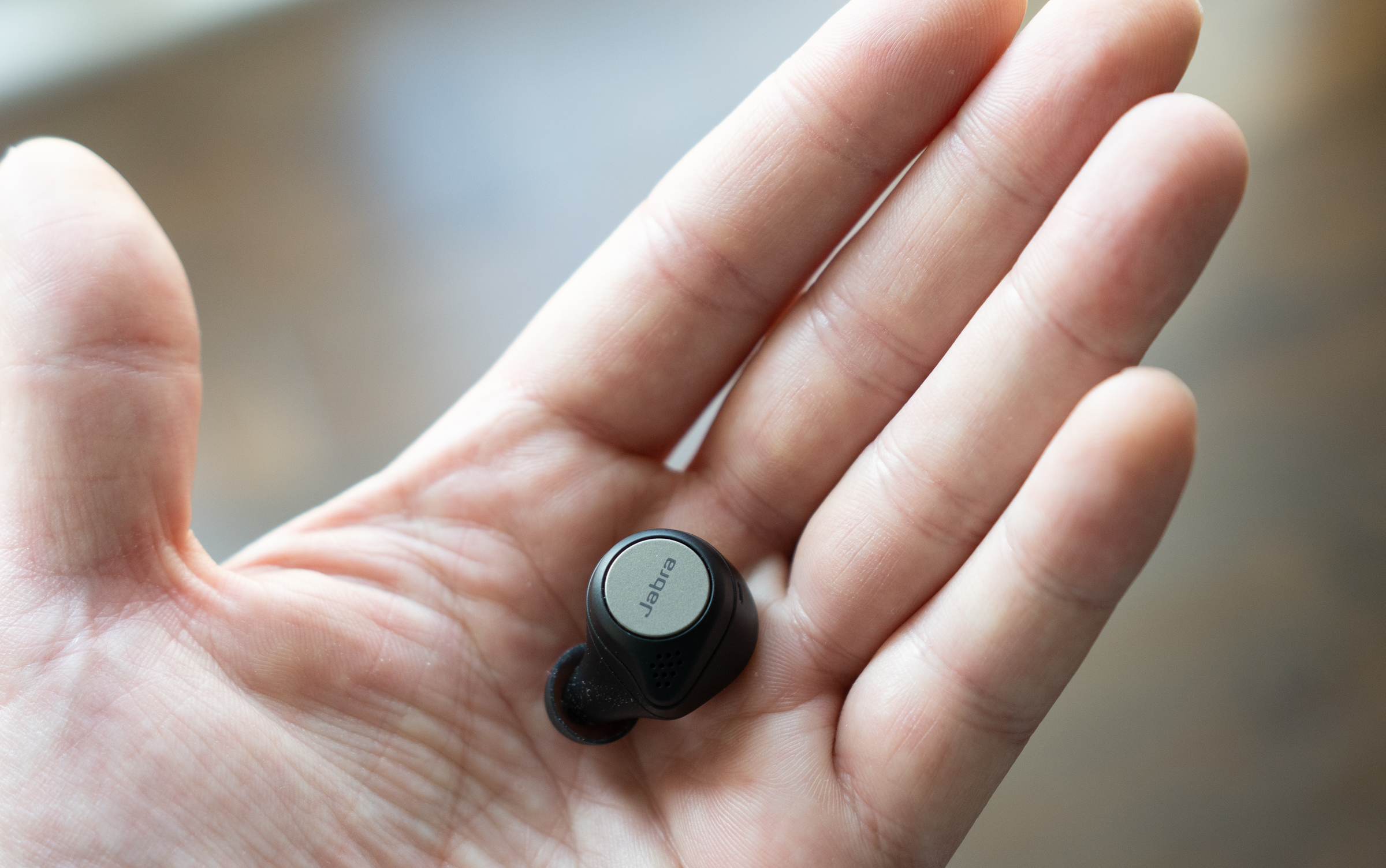 Another key design feature that Jabra included on the Elite Active 75t is that both earbuds feature a large, physical button for controls. This is much better and easier to use than the touch-based controls found on a lot of other headsets, and makes learning the various on-device control features a lot easier.
Another key design feature that Jabra included on the Elite Active 75t is that both earbuds feature a large, physical button for controls. This is much better and easier to use than the touch-based controls found on a lot of other headsets, and makes learning the various on-device control features a lot easier.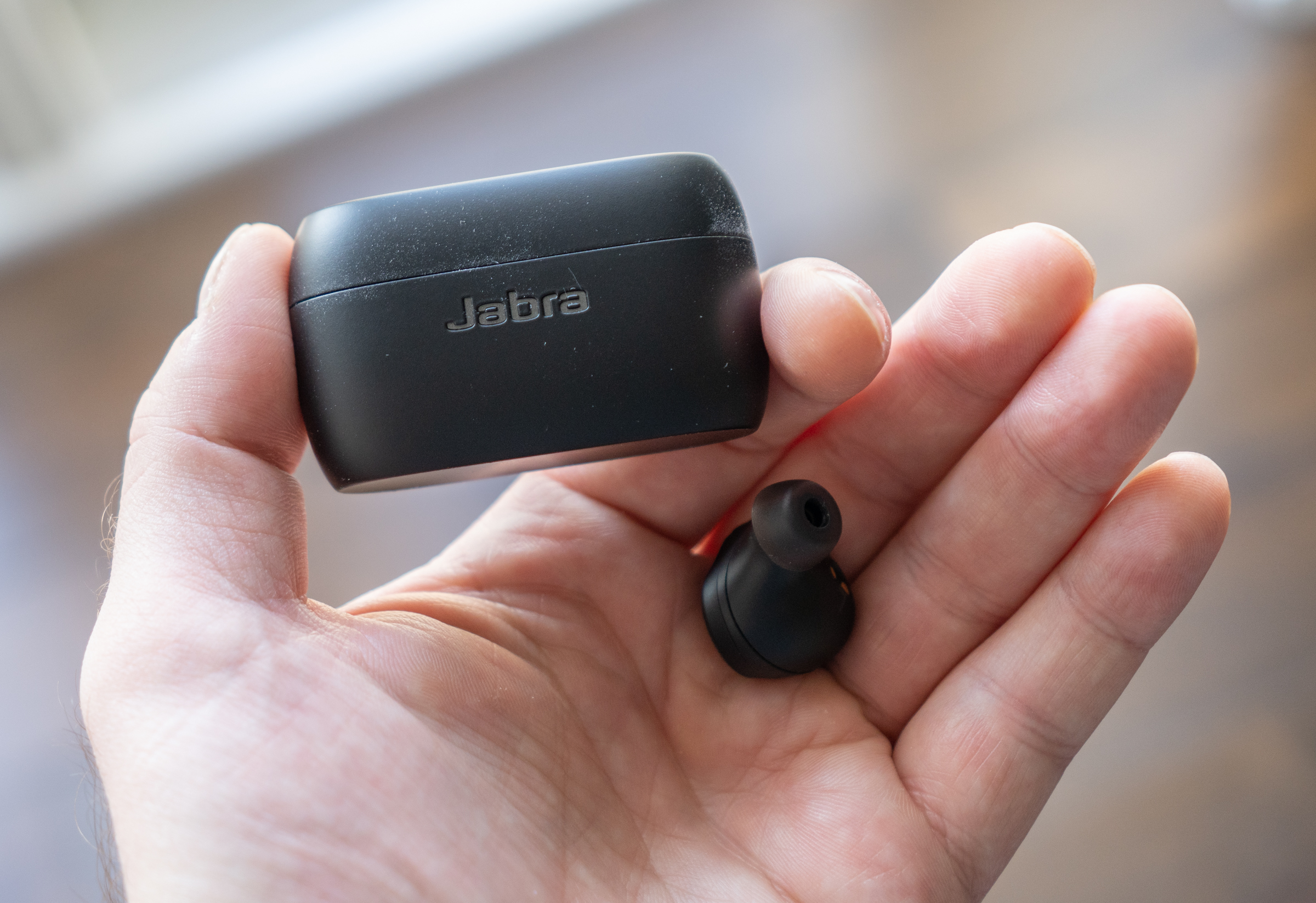 Their battery life appears to line up with manufacturer estimates, which also makes them class-leading in terms of single charge battery life. That’s a big advantage when using these for longer outdoor activities, or, as mentioned, when relying on them for all-day desk work. Their built-in mic is also clear and easy to understand for people on the other side of voice and video calls, and the built-in voice isolation seems to work very well according to my testing.
Their battery life appears to line up with manufacturer estimates, which also makes them class-leading in terms of single charge battery life. That’s a big advantage when using these for longer outdoor activities, or, as mentioned, when relying on them for all-day desk work. Their built-in mic is also clear and easy to understand for people on the other side of voice and video calls, and the built-in voice isolation seems to work very well according to my testing.






